
For some, August marks the end of summer vacation and the beginning of a new school year. For others, it’s yet another month of exciting astronomical events! This month, we’ll see Saturn and Jupiter at their biggest and brightest, one of the most spectacular meteor showers of the year, some famous summer constellations, and much more. Read on to learn more about how to spot these happenings in the sky, plus some important dates in astronomy history.
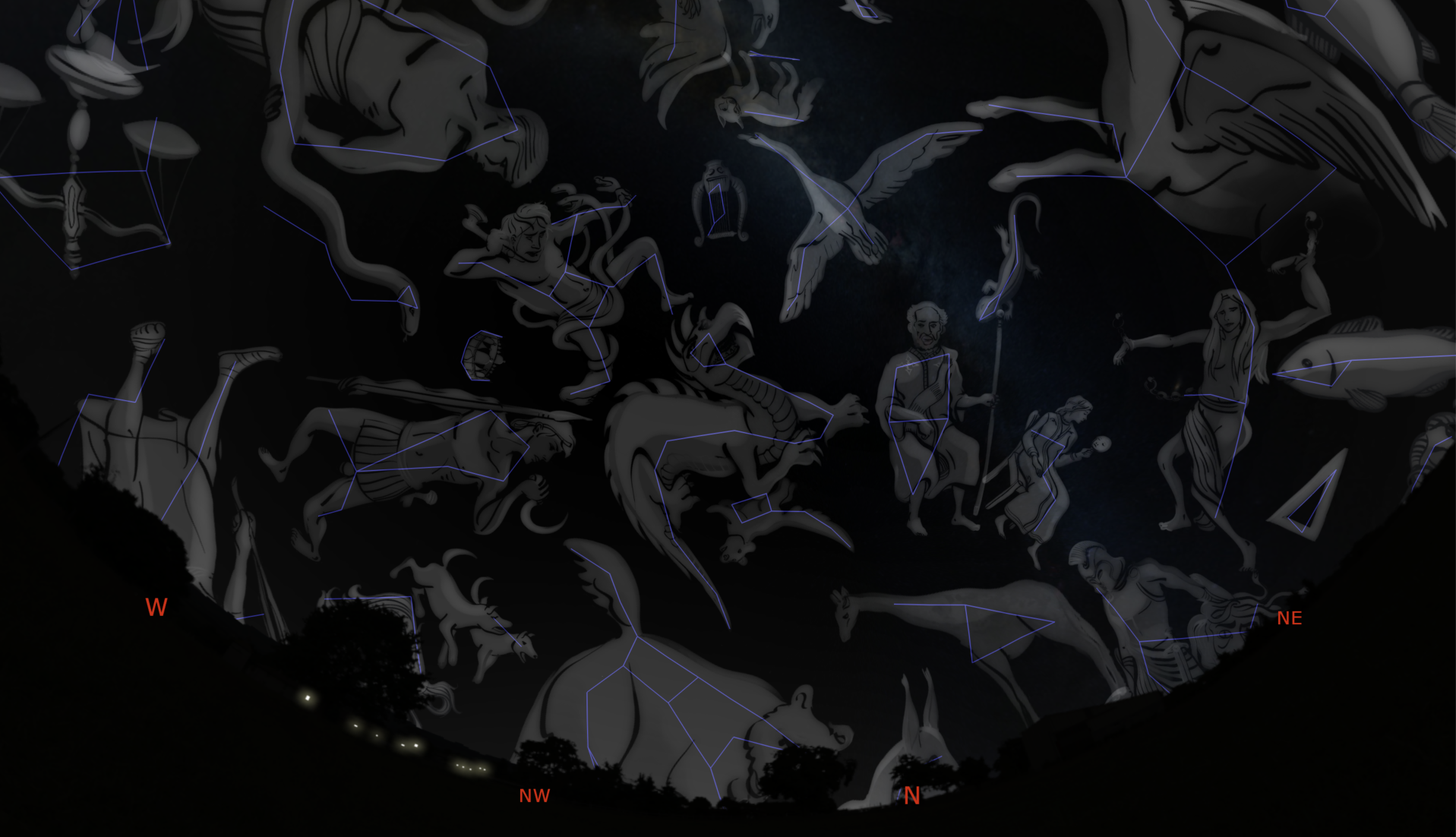
Night Sky Viewing
Planets
Jupiter and Saturn will reach opposition at different points in August, and both planets will effectively be visible all night, every night, for the whole month!
August 1 | Saturn at Opposition
Saturn, the ringed planet, will reach opposition on August 1-2. In astronomical terms, opposition refers to the point at which an outer planet is directly opposite the Sun as it appears in Earth’s sky, and generally this is also its closest approach to Earth. This makes it appear bigger and brighter than it does at any other point in the year. Because the Earth lies between Saturn and the Sun, Saturn rises when the Sun sets. You will need a telescope to see Saturn’s rings, but it will be visible to the unaided eye as a bright “star” with a yellowish hue. It will remain in the constellation Capricorn for the whole month.
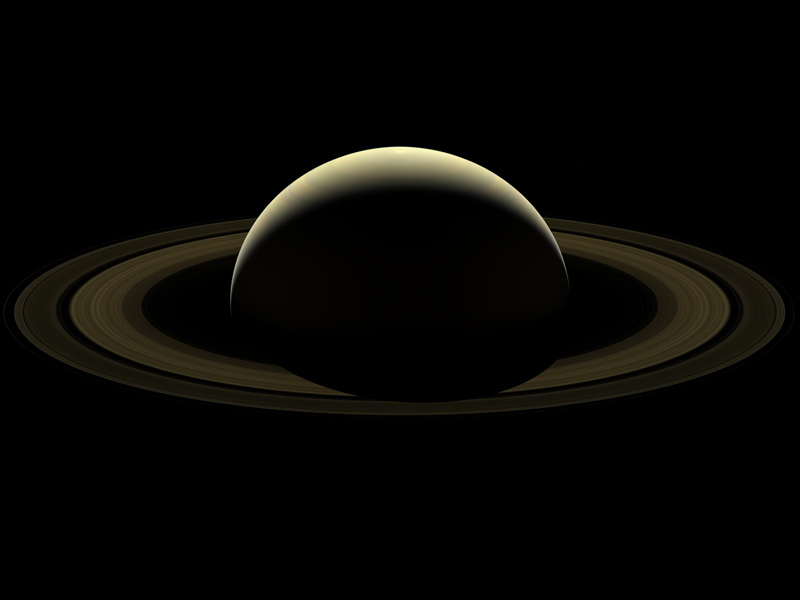
August 19 | Jupiter at Opposition
Like Saturn at opposition, the gas giant Jupiter will rise when the Sun sets. To spot Jupiter during its conjunction, look for a bright, tan-colored “star” in the constellation Aquarius. Over the course of the month, Jupiter will move from Aquarius into Capricorn. You will be able to see Jupiter with just your eyes, but a telescope or a pair of binoculars will enhance your view. For the best viewing experience, wait until the sky is completely dark and make sure all unnecessary lights near your viewing area are turned off.
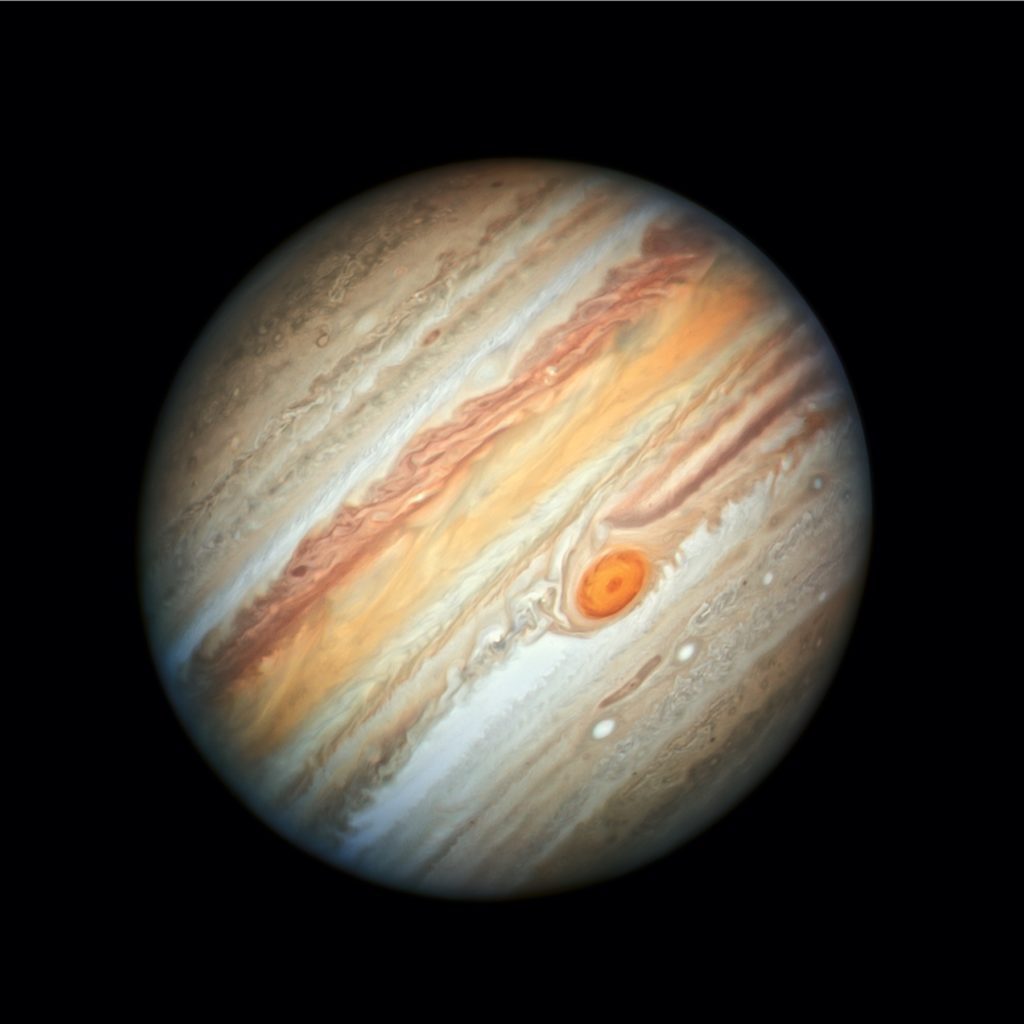
Meteor Showers
August 11-12 | Perseid Meteor Shower Peaks
You can look forward to one of the best meteor showers of the year as the Perseids peak from the 11th to the 12th! These meteors will appear from the direction of the constellation Perseus, the hero. This shower will be particularly spectacular when viewed from the northern hemisphere. Meteors will be visible throughout most of the month, especially towards the middle of the month. At its peak, it can produce dozens of shooting stars per hour. However, spying meteors may still require some time and patience, so lay out a blanket and get comfortable!
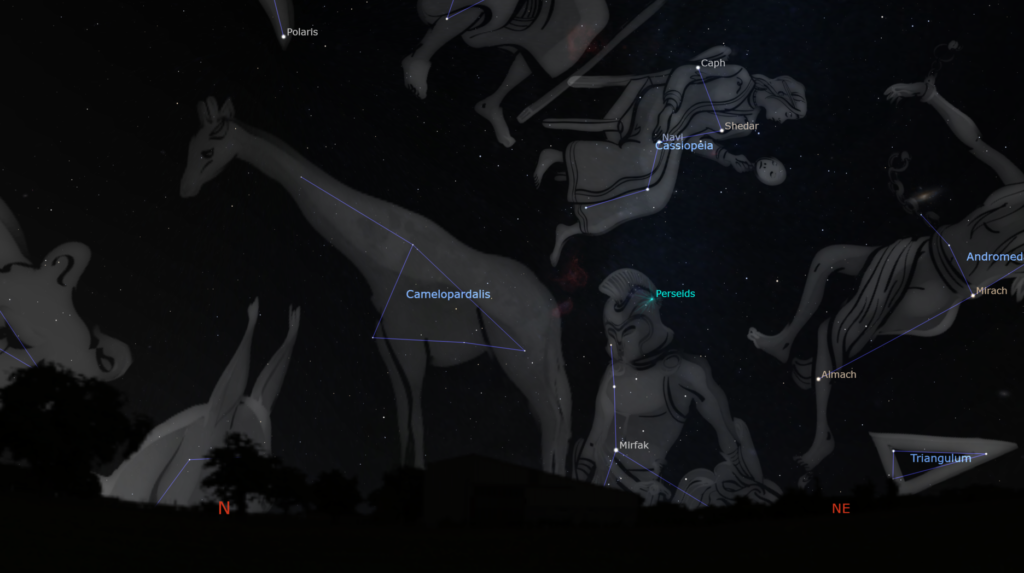
Constellations
As the spring constellations begin to shift out of view, the summer constellations are taking center stage. Among the most famous of these are the stars that make up what is referred to as the Summer Triangle: Vega (in the constellation Lyra), Deneb (in the constellation Cygnus), and Altair (in the constellation Aquila). Scorpius will rise in the south earlier each night, containing the bright star Antares. Sagittarius, another zodiac constellation, will rise shortly after. Near Scorpius and Sagittarius lies the core of our Milky Way galaxy, which appears to cut across the Summer Triangle and the constellation of Cygnus the Swan can be imagined to be swimming along it.
The constellations of the autumn sky will be rising earlier and earlier in the evening as we move into September. The easiest of these to find is Cassiopeia, which makes a W shape as it rises in the northeastern sky. Cassiopeia’s “throne” faces toward Polaris, the North Star. Near Cassiopeia are the constellations of Perseus, Pegasus, and Andromeda.
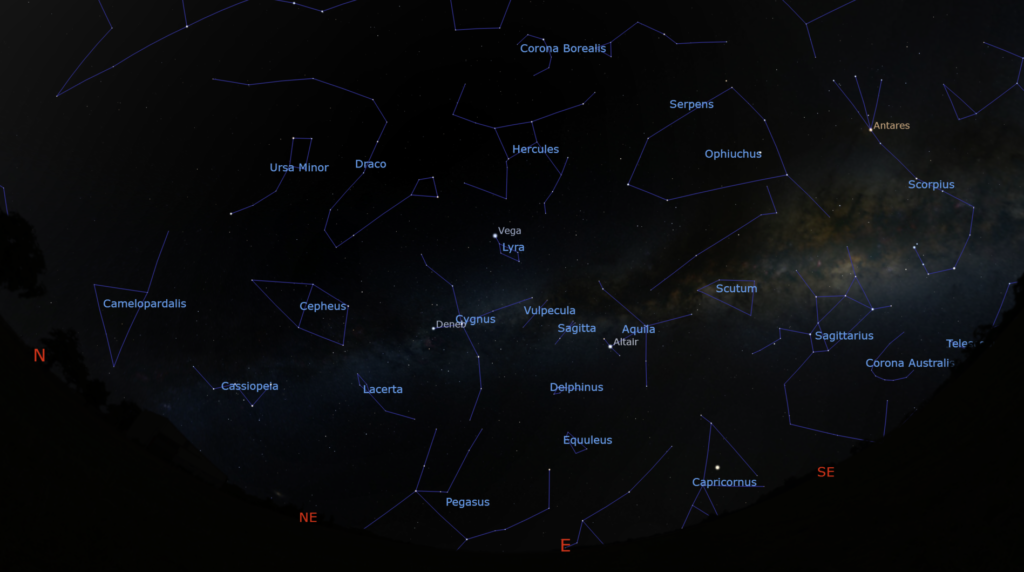
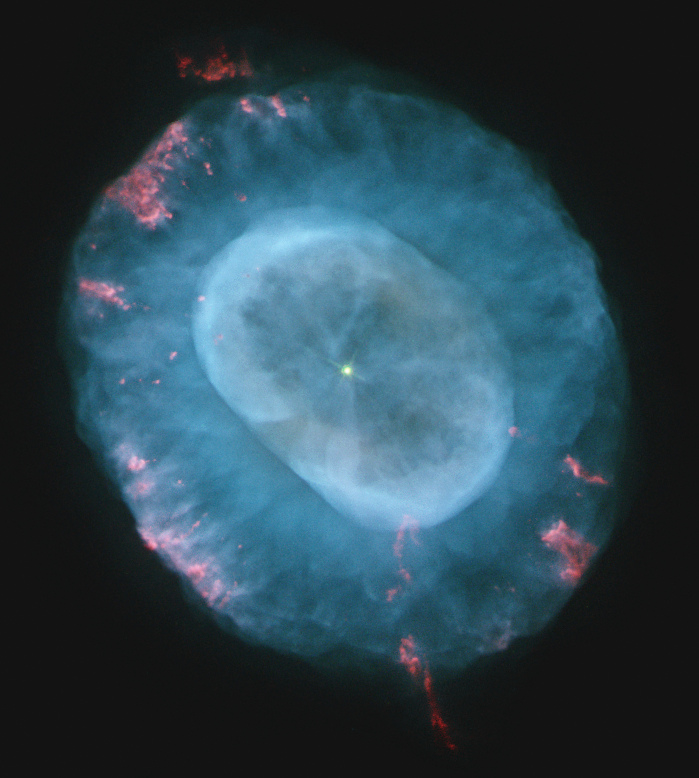
This Month in Astronomy History
August 1, 1818 | Astronomer Maria Mitchell is born
Astronomer, librarian, naturalist, and educator Maria Mitchell was born in Nantucket, Massachusetts on August 1, 1818. Mitchell was the first woman to be recognized as an astronomer in the United States, as well as the first American astronomer in history to discover a comet. Her discovery of comet C/1847 T1 brought her international acclaim, paving the way for future generations of female astronomers around the world. She used her notoriety to advocate for science and math education for girls, subjects that were not yet considered important for women to be taught. The comet she discovered is nicknamed Miss Mitchell’s Comet in her honor.
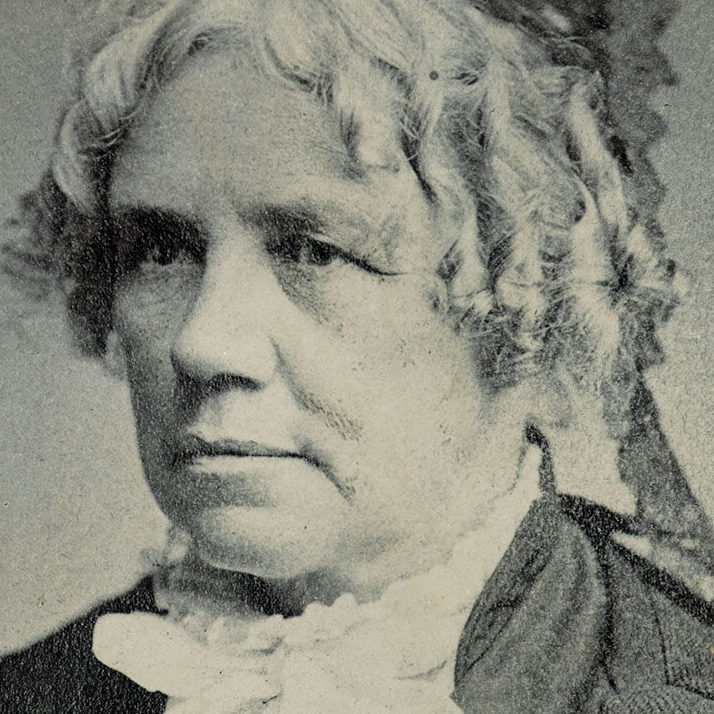
August 6, 1870 | Lowell Observatory’s first Sole Trustee is born
Shortly before his death, Percival Lowell designated in his will that full control of the observatory’s trust and management would be left to a Sole Trustee. Percival originally selected his brother-in-law William Lowell Putnam for the position, but ultimately, the designation was passed to Guy Lowell, his third cousin. A Harvard and MIT graduate, Guy was a well-known architect in New England who had designed several notable facilities, including the Boston Museum of Fine Arts, the New York State Supreme Court building, and the Slipher Building on Lowell Observatory’s campus. Though much of Guy’s time as trustee was spent engaged in an intense and costly legal battle with Constance Lowell, Percival’s widow, he made a concerted effort to continue astronomical research on Mars Hill. His decision to reinstate Percival’s search for Planet X in 1925 ultimately lead to Clyde Tombaugh’s discovery of Pluto just five years later in February of 1930.

August 10, 1990 | Magellan Spacecraft arrives at Venus
Magellan, named after the Portuguese explorer Ferdinand Magellan (1480-1521), was the first deep space probe launched by the US after an eleven-year hiatus, and the first probe launched by a space shuttle. Magellan’s mission to Venus was one of the most successful deep space missions in history, as well as the first spacecraft to image the entire Venusian surface. The spacecraft sent high-quality radar images back to Earth during its approach, allowing scientists to discover that 85% of the planet’s surface is covered in molten lava. Magellan’s mission officially ended on October 13, 1994, when the craft burned up in Venus’ atmosphere.
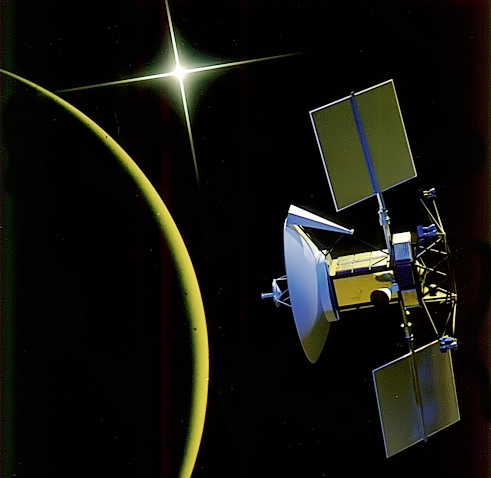
August 12, 1877 | Asaph Hall discovers Deimos
August 18, 1877 | Hall Discovers Phobos
During Mars’ closest approach to Earth in 1877, American astronomer Asaph Hall discovered Martian Moons Deimos and Phobos at the US Naval Observatory in Washington, D.C., using the USNO 26-inch refracting telescope. Hall didn’t originally plan on viewing during the Mars approach, as he thought that the chances of discovering a moon during that time were slight. His wife Angeline Stickney encouraged him to continue his search anyway, which lead to him discovering the two moons in the span of just six days. Hall Crater on the surface of Phobos is named in his honor.
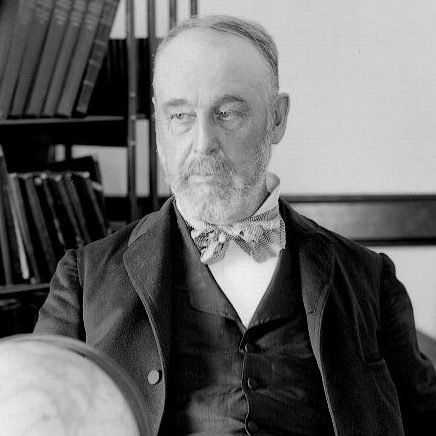
August 23, 1989 | Voyager 2 flies past Neptune
August 25, 1981 | Voyager 2 flies past Saturn
The Voyager 2 spacecraft was launched by NASA on August 20, 1977. To this day, it’s the only spacecraft to have visited both Uranus and Neptune, the Ice Giant planets. The craft still remains in contact with Earth through the NASA Deep Space Network, a worldwide network of American spacecraft communication ground segment facilities located in California, Madrid, and Canberra. Voyager 2 is the second spacecraft to enter interstellar space after its twin craft Voyager 1. They remain the only two human-made objects to reach the space between our Sun and the other stars of our galaxy.
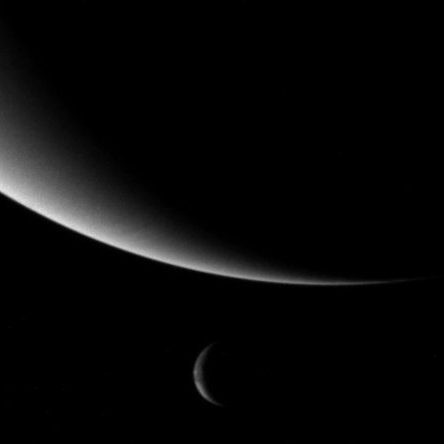
NASA/JPL
August 26, 1918 | Katherine Johnson born
American mathematician Katherine Johnson was one of the first African American women to work as a NASA scientist, best known for calculating trajectories for space missions. During her 33-year tenure at NASA, Johnson calculated launch windows and emergency return paths for Project Mercury spaceflights, as well as rendezvous paths for the Apollo Lunar Module and command module on flights to the Moon. Her calculations were essential to the beginning of the Space Shuttle program. She received a number of awards and honors before her death in February of 2020, including the Presidential Medal of Freedom and the Congressional Medal of Freedom. She was also portrayed as a lead character in the 2016 film Hidden Figures, alongside portrayals of NASA supervisor and mathematician Dorothy Vaughan and NASA engineer Mary Jackson. Posthumously, she was inducted into the National Women’s Hall of Fame.
